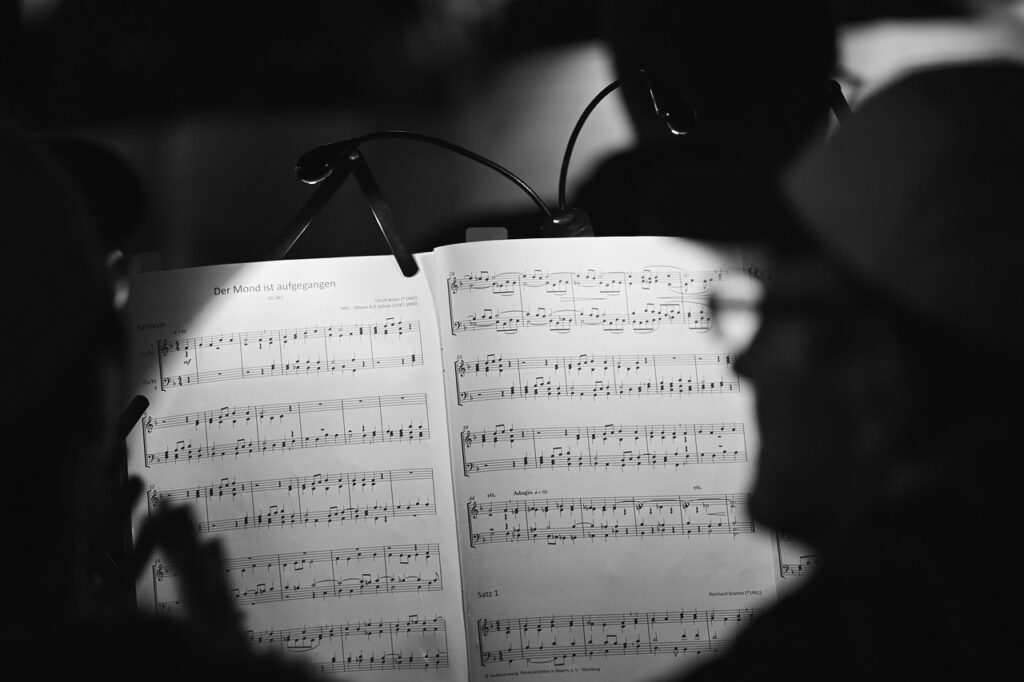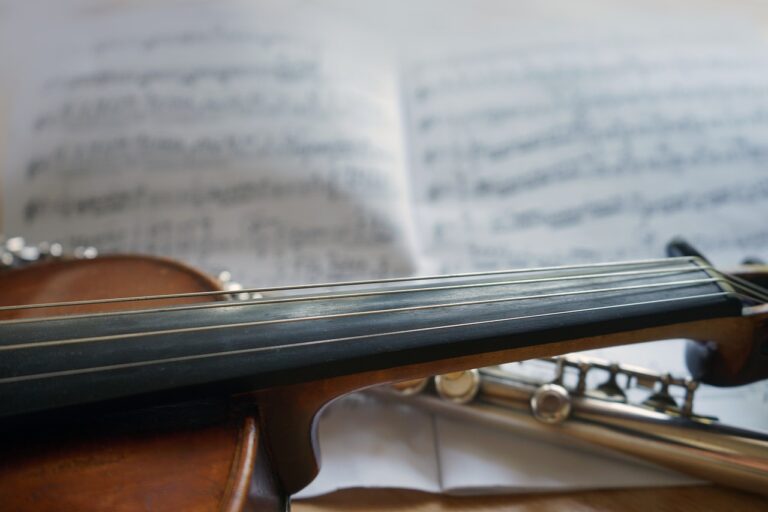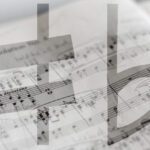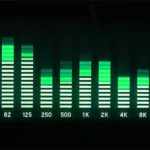Introduction
Understanding How To Use Sharp And Flat Notes: In music notation, the decision to use sharps (#) or flats (b) crucially affects the pitch and harmony of a piece. This article simplifies when and why musicians use these symbols, linking to further discussions for an enriched understanding.
Understanding Sharps and Flats
Sharps raise a note’s pitch by a semitone, while flats lower it by a semitone. Their use is pivotal in achieving the correct pitch in various musical contexts.
Using Sharps
- In Key Signatures: Sharps typically appear in keys that naturally sound higher. For instance, G major uses an F# to complete its scale harmoniously.
- For Ascending Melodies: Composers use sharps in ascending melodic lines to maintain the upward musical flow.
Using Flats
- In Key Signatures: Flats are common in lower-pitched keys. Bb in F major helps create a smoother scale.
- For Descending Melodies: Flats often appear in descending melodies to emphasize the downward musical progression.

Practical Applications and Examples
Choosing between sharps and flats depends on the musical context and the composer’s goals for clarity and expression.
- Improving Readability: The choice between a sharp or flat can make music easier to read, influencing the decision based on the most straightforward presentation.
- Using Accidentals: Composers temporarily alter pitches using accidentals—sharps or flats not included in the key signature—to introduce non-scale tones or to modulate to new keys.
Expanding Your Understanding
For more detailed insights into the historical and symbolic roles of these notations, check out the following resources:
- For the historical and symbolic meaning of flats, see This Is Why a ‘b’ Signifies Flat In Music.
- To understand the importance of the sharp symbol, visit Unlocking the Sharp Symbol: Why ‘#’ Marks Music’s High Notes.
- For a broader perspective on sharps and flats, read Sharp And Flat Secrets: Why They Exist in Music.
Conclusion: Understanding How To Use Sharp And Flat Notes
Understanding when to use sharps and flats is fundamental for musicians aiming to master music notation and enhance their musical pieces. By considering the direction of melodies and the key of the piece, you can effectively use these symbols to create rich, expressive music.


